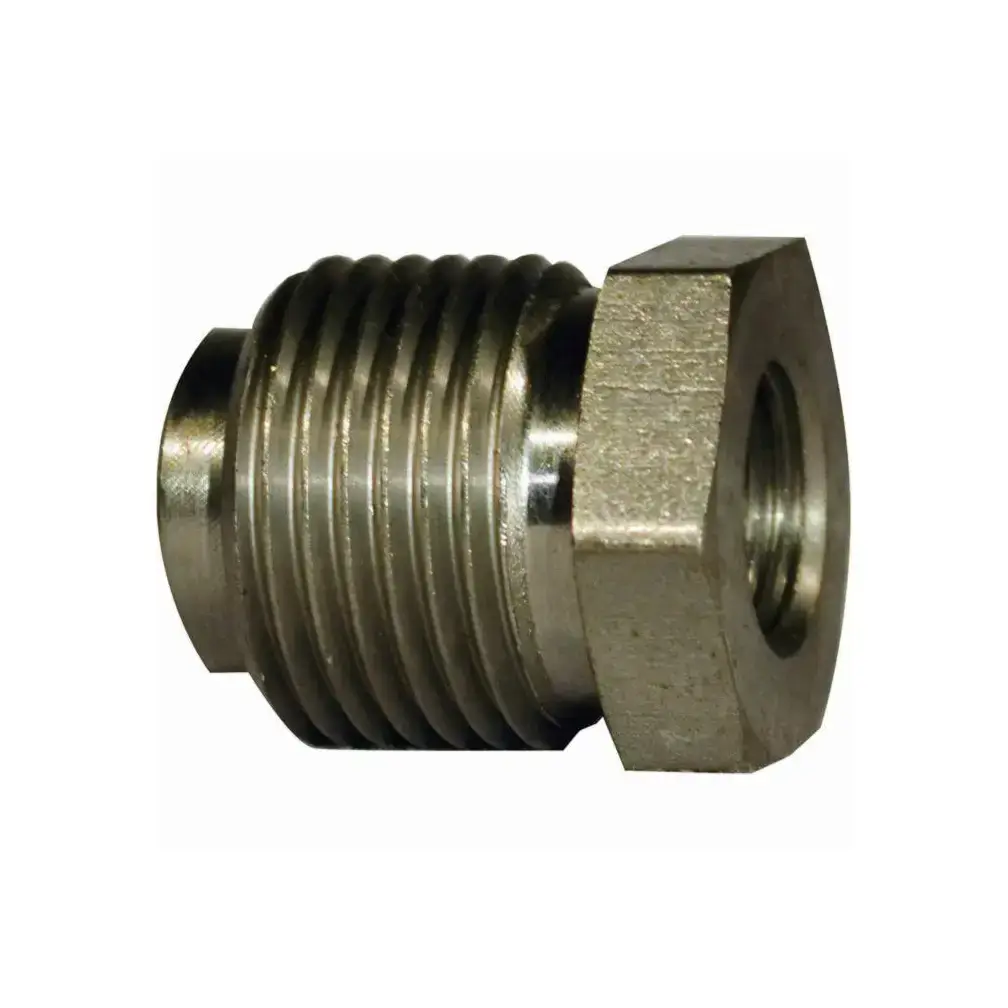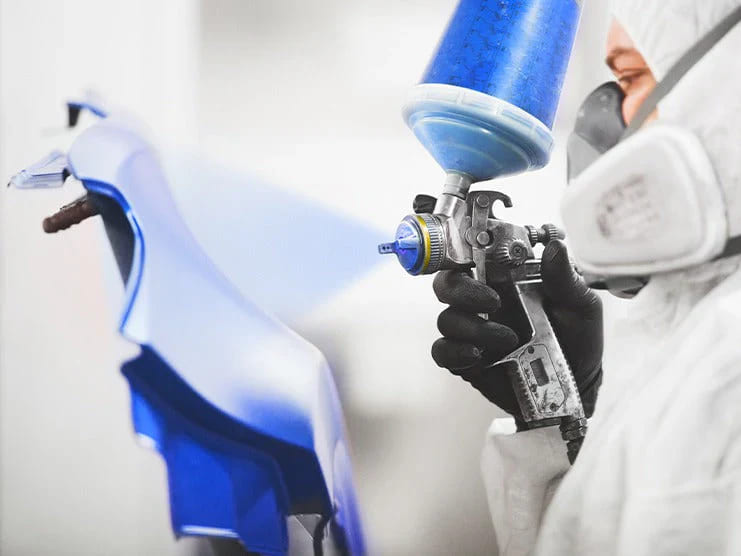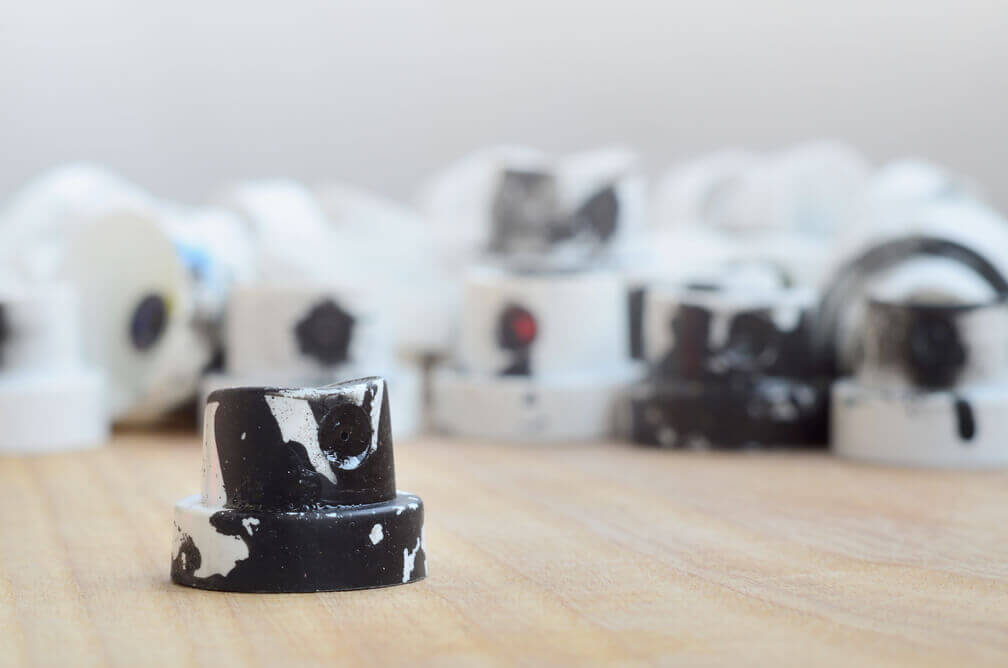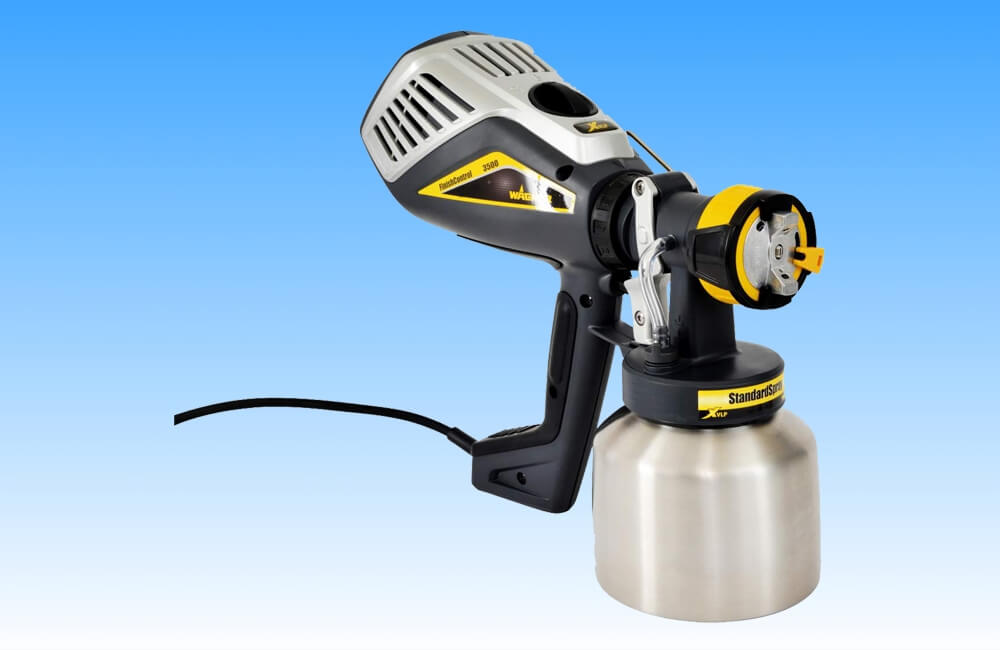Strategies for minimizing adverse effects in spray painting
Spray painting is a technique widely used in industries such as automotive, construction, and manufacturing. It is a fast and efficient way to apply paint to a surface, resulting in a smooth, even finish. However, there are some undesirable phenomena that can occur during the spray painting process, leading to overspray and paint waste.
In this article, we will explore these phenomena and discuss strategies to reduce them.
1.Undesirable phenomena of spray painting
1) Overspray
Overspray occurs when paint particles are carried away by the airflow and land on surfaces other than the intended target. This results in wasted paint, as well as messy, uneven surfaces. Overspray is particularly problematic in enclosed spaces, as paint particles can settle on nearby objects and cause damage.
2) Bounce
Bounce occurs when paint particles bounce back from the surface being painted to the spray gun. This results in uneven coverage and paint waste because the particles cannot be effectively deposited on the target surface. Bounce is usually caused by excessive pressure or the spray gun being too close to the surface.

2.Countermeasures
To minimize overspray and paint waste in spray painting, you can employ several strategies.
1) Choose the Right Equipment
First, it is critical to choose the right spray gun and nozzle. Since different types of spray guns and nozzles have different atomization levels, this affects the size and spread of paint particles. Therefore, by choosing the right equipment, overspray can be significantly reduced.
2) Adjust Air Pressure and Fluid Flow
In addition, adjusting air pressure and fluid flow can help minimize overspray. Because lowering air pressure and fluid flow rates creates larger paint particles that are less likely to be carried by the airflow, this allows for better control of the spray pattern and reduces the likelihood of overspray.

3) Correct Technique
Proper technique is also critical to reducing overspray and waste. It is critical to maintain the correct distance between the spray gun and the surface to be painted. Holding the gun too close can cause kickback, while holding it too far away can cause overspray. Finding the right balance is key to achieving an even and effective painting application.
4) Proper Masking and Covering
Using the right masking and covering techniques can help protect surrounding surfaces from overspray. Masking tape, plastic sheeting, and dust sheets can be used to cover areas that should not be painted.
Taking the time to properly prepare your workspace before you begin the painting process can save time and reduce waste.
5) Regular Inspections
Regular maintenance and cleaning of your spray equipment is also critical to reducing overspray and waste. Clogged nozzles or worn parts can affect your spray pattern and cause uneven coverage. By regularly inspecting and cleaning your equipment, potential problems can be discovered and addressed in a timely manner.

3.In Summary
While spray painting has many advantages, the process also has some disadvantages that can lead to overspray and waste. Overspray and waste can be minimized by employing strategies such as selecting the right equipment, regulating air pressure and fluid flow, using proper techniques, and implementing masking and covering techniques. Regular maintenance and cleaning of your spray equipment is also critical to ensuring optimal performance.
By following these strategies, spray painting can become a more efficient and economical process.
